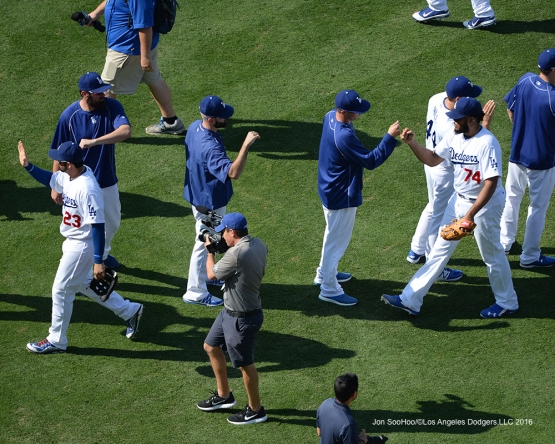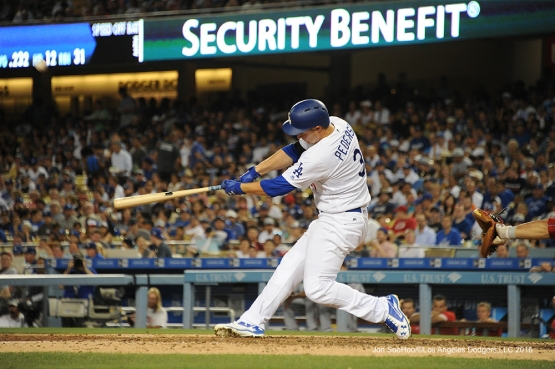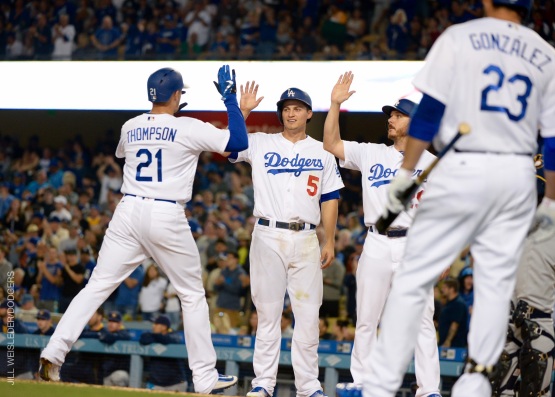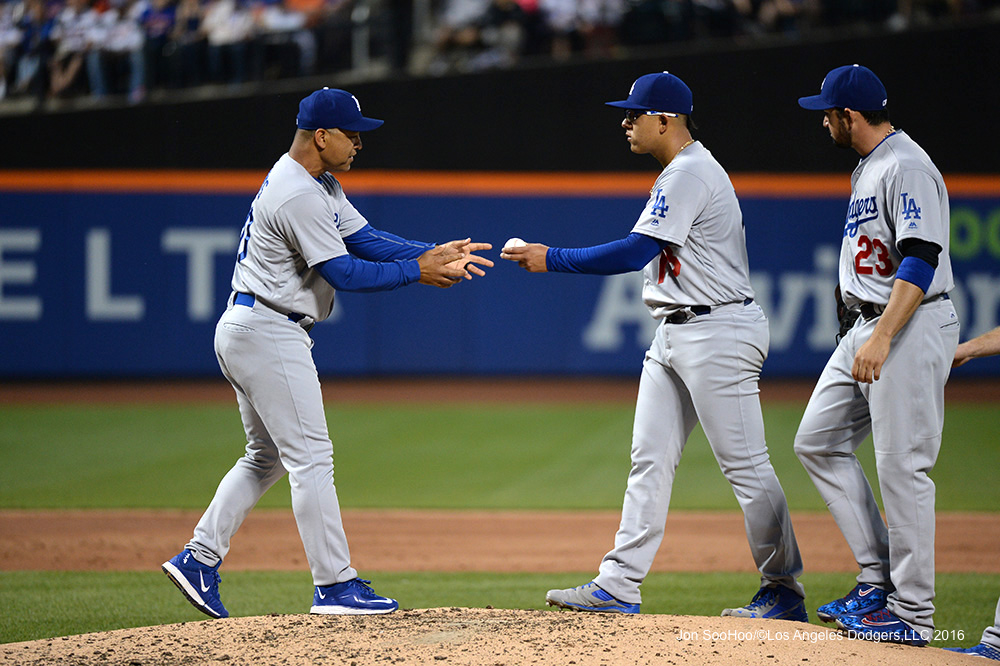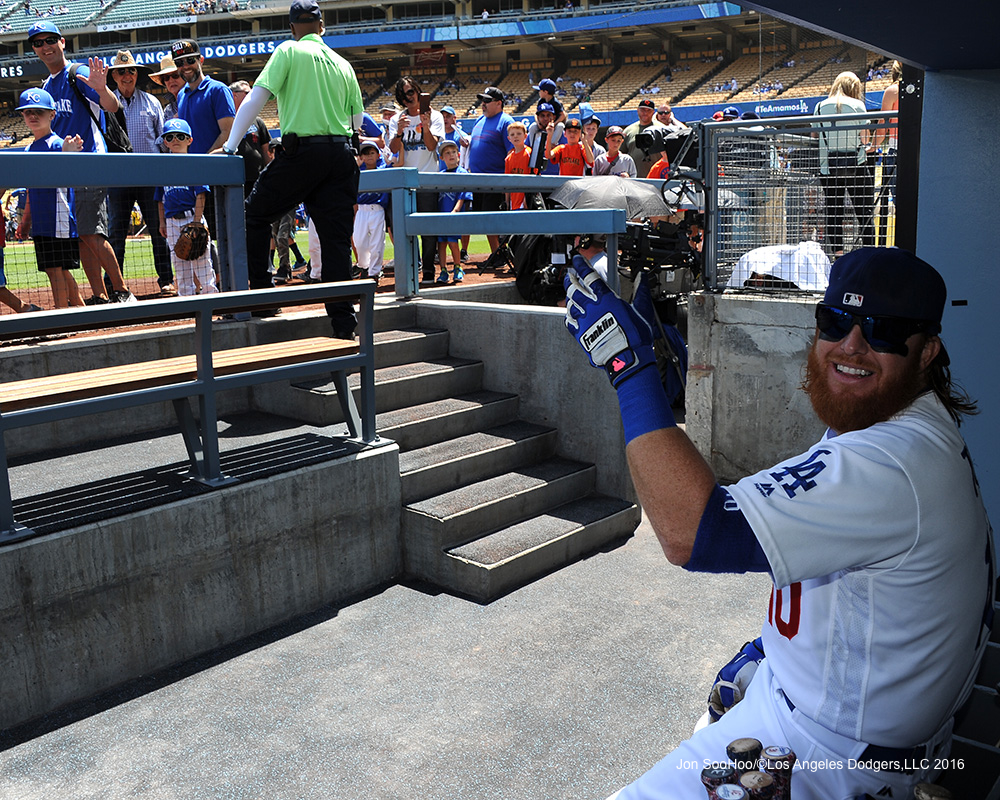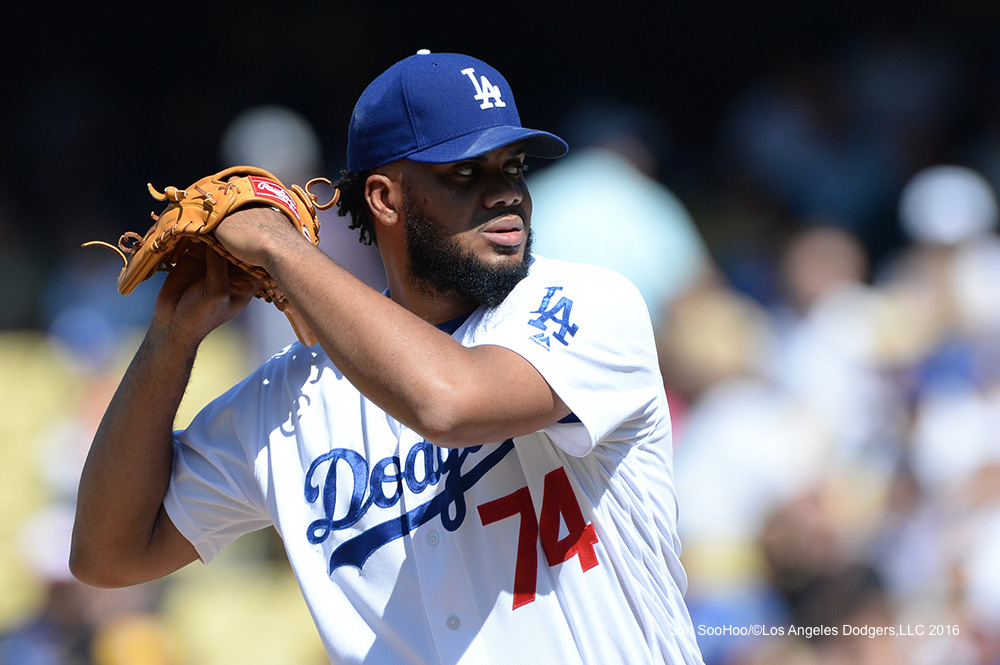
By Jon Weisman
In the Dodgers’ final inning before the All-Star Break, the best closer in the National League, Kenley Jansen, entered the game to protect a one-run lead against the fourth-place team in the National League West.
At that moment, the Dodger bullpen was several weeks into an extended resurgence that was forcing fans and media alike to unlearn everything it thought it knew about the team’s relievers. It progressed in stages, as if reversing the five stages of grief.
- Hooray — they actually held a lead for once.
- All right, I’ve stopped throwing things every time a reliever comes in.
- I know this won’t last, but thank you for at least being adequate.
- Hmm. Some of these guys are actually pretty good.
- I don’t want to jinx this. But … wow.
Dodger bullpen failures have been branded into the collective memory of recent years, the scar tissue making it nearly impossible for most to feel the moments when the relievers were doing well — which, of course, was more often than the distraught and cynical could concede.
But by the time Jansen took the mound Sunday, the bullpen’s growing success was no longer possible to ignore.
Dodger relievers lead the Major Leagues with a 2.83 ERA. They lead the Major Leagues with a 1.02 WHIP.
In fact, as Dodger broadcaster Joe Davis pointed out, the Dodger bullpen’s opponents batting average of .192 is currently the lowest in modern baseball history. The team’s WHIP is the lowest in NL history.
That’s extraordinary. And that’s not wishcasting. That’s something that has been happening. The Dodger bullpen has become the opposite of an albatross. It’s a primary reason that, despite the “I Love Lucy” chocolate conveyor belt of injuries, that Los Angeles (51-40) is on a 91-win pace and once again a team to be reckoned with.
In terms of inherited runners stranded, the Dodgers were seventh among MLB teams at 72 percent — in the upper echelon but with room for improvement. The good news — the great news — is that the improvement is already underway.
Read More


